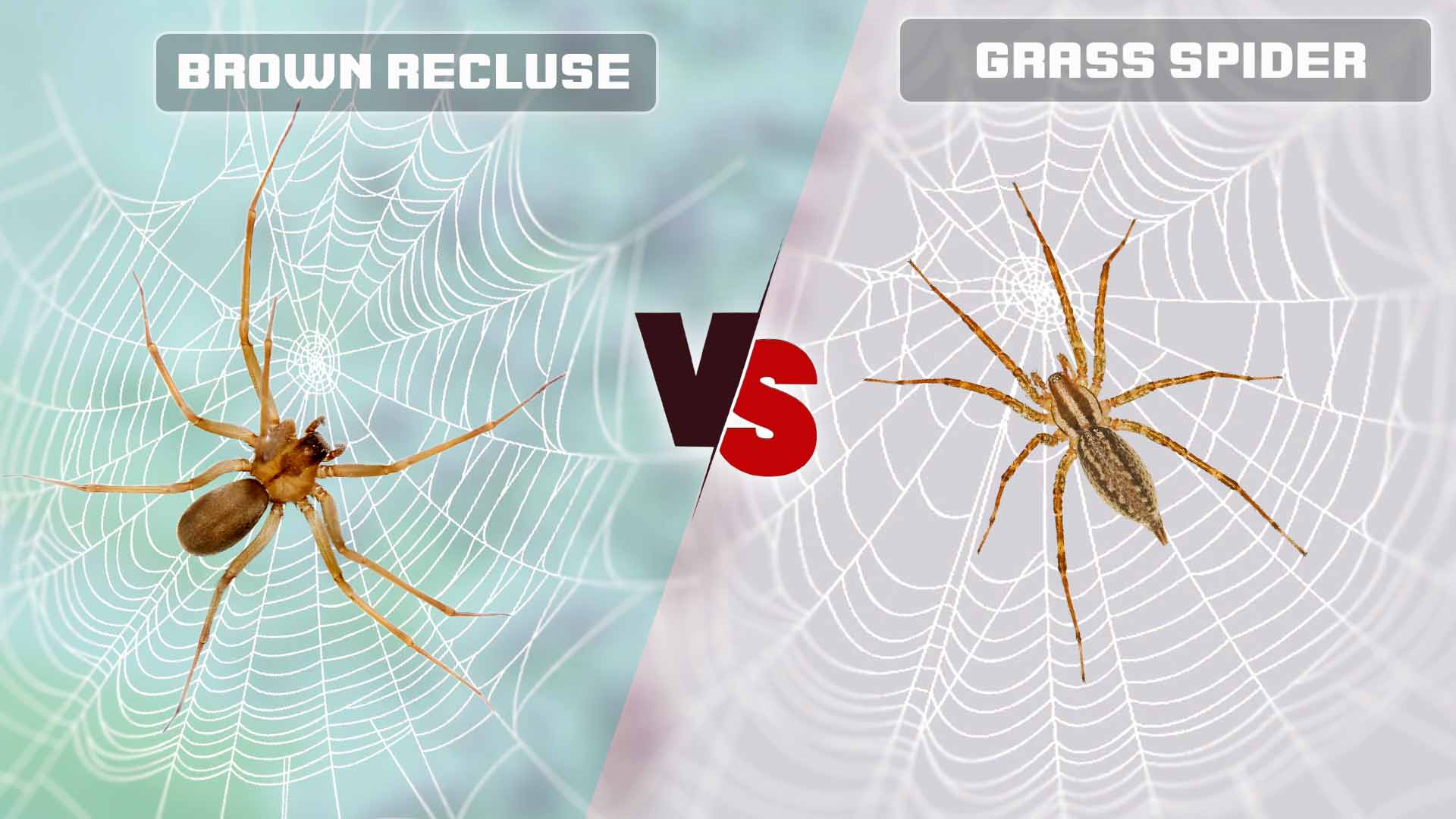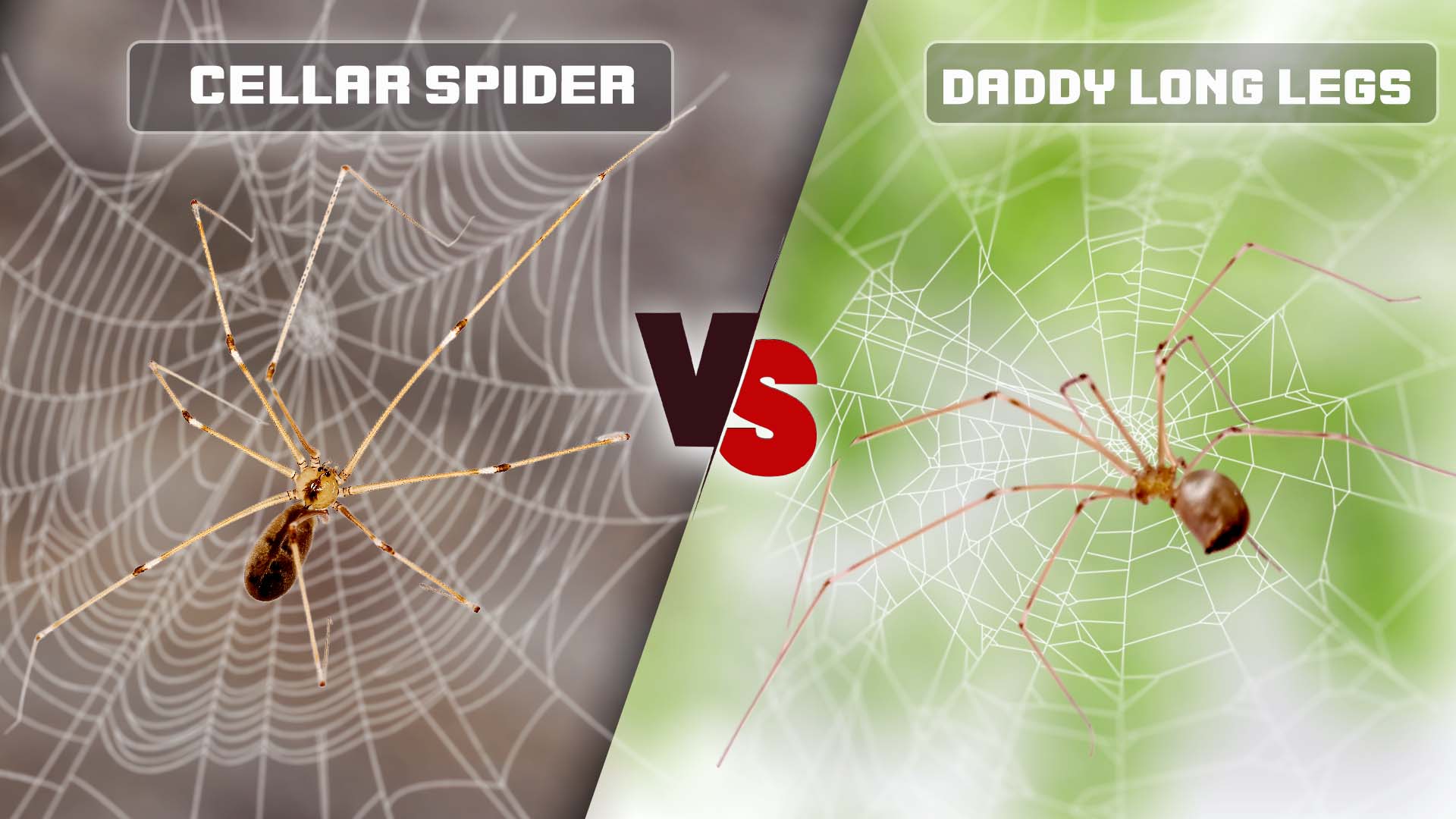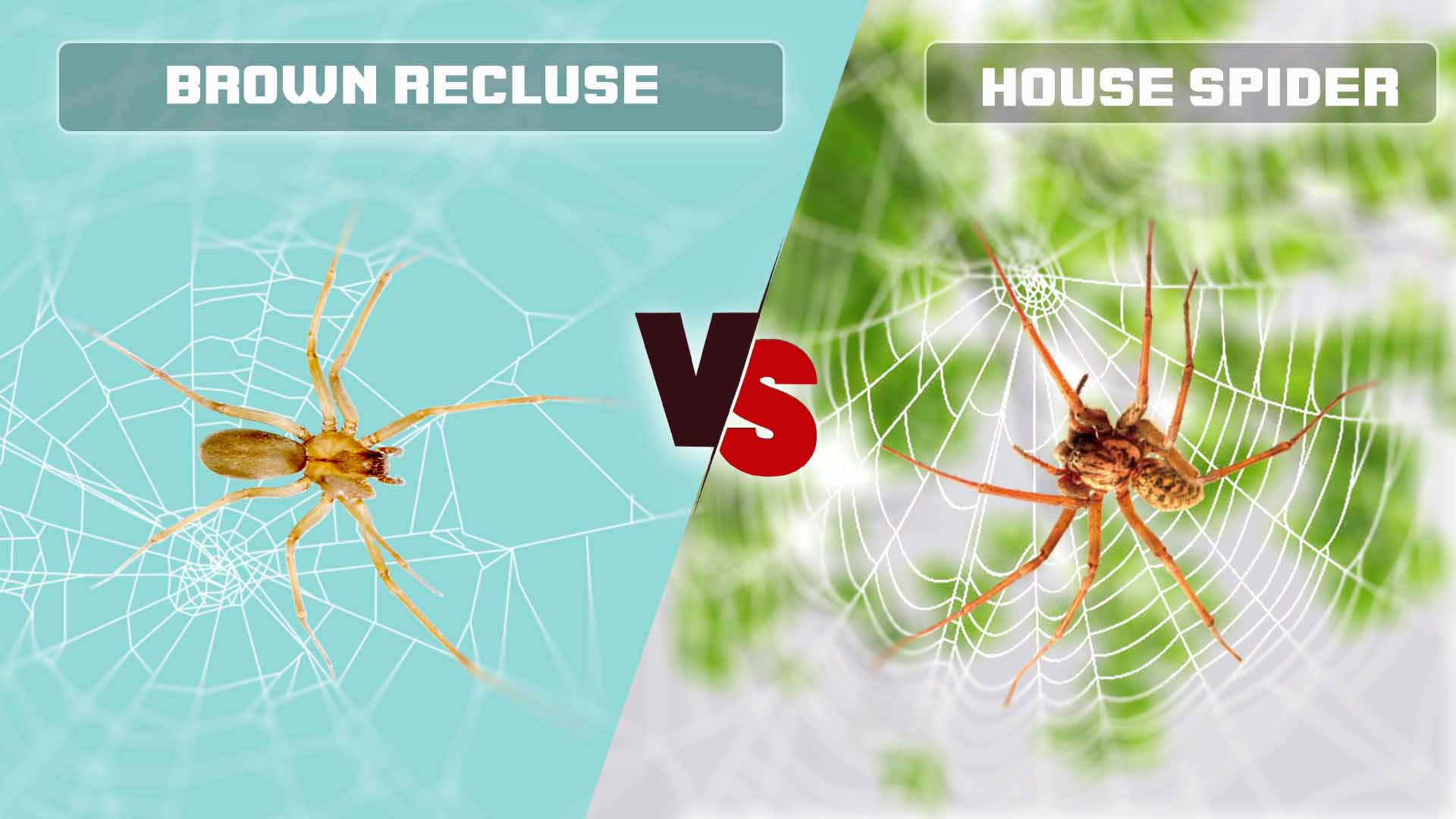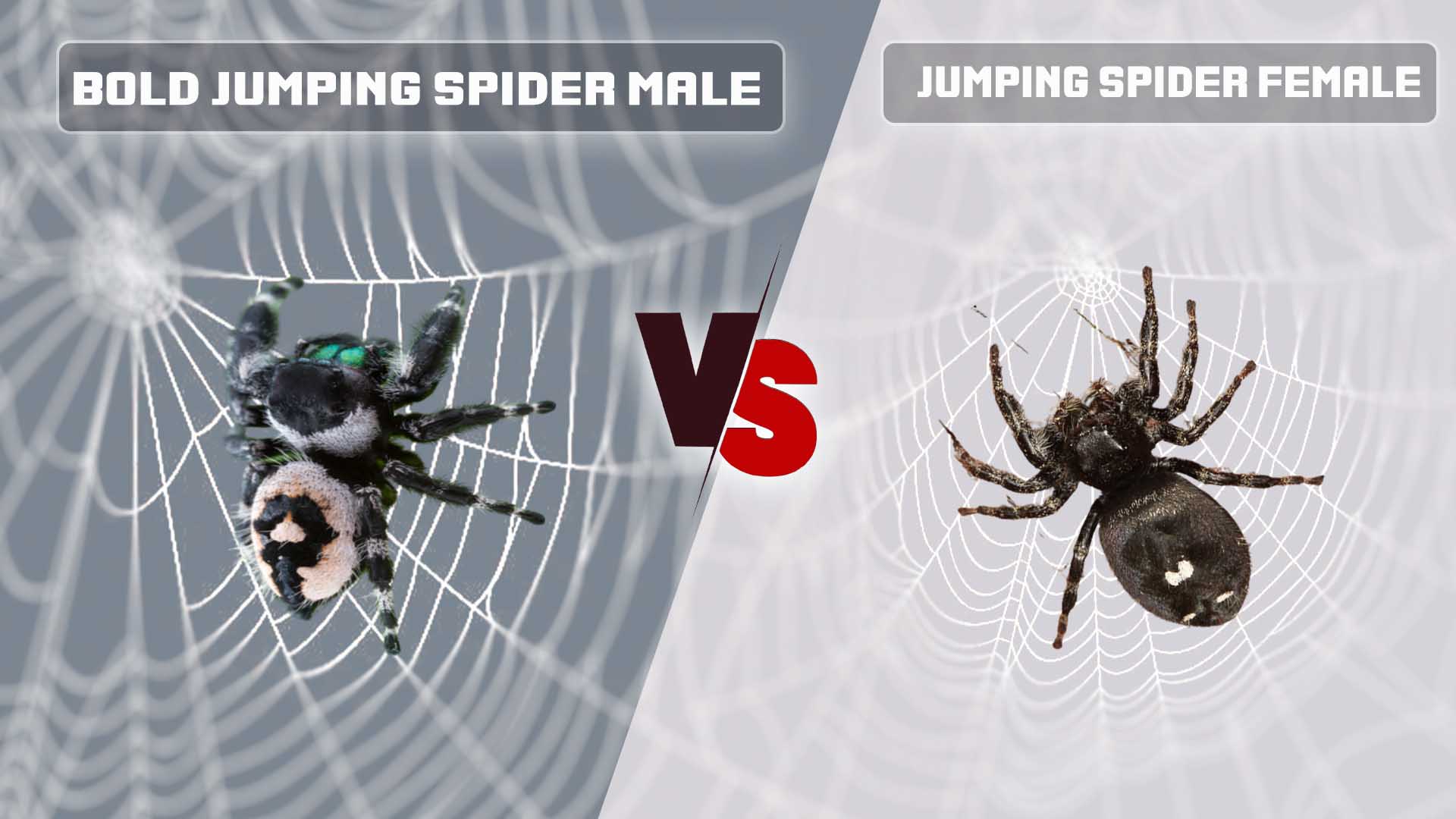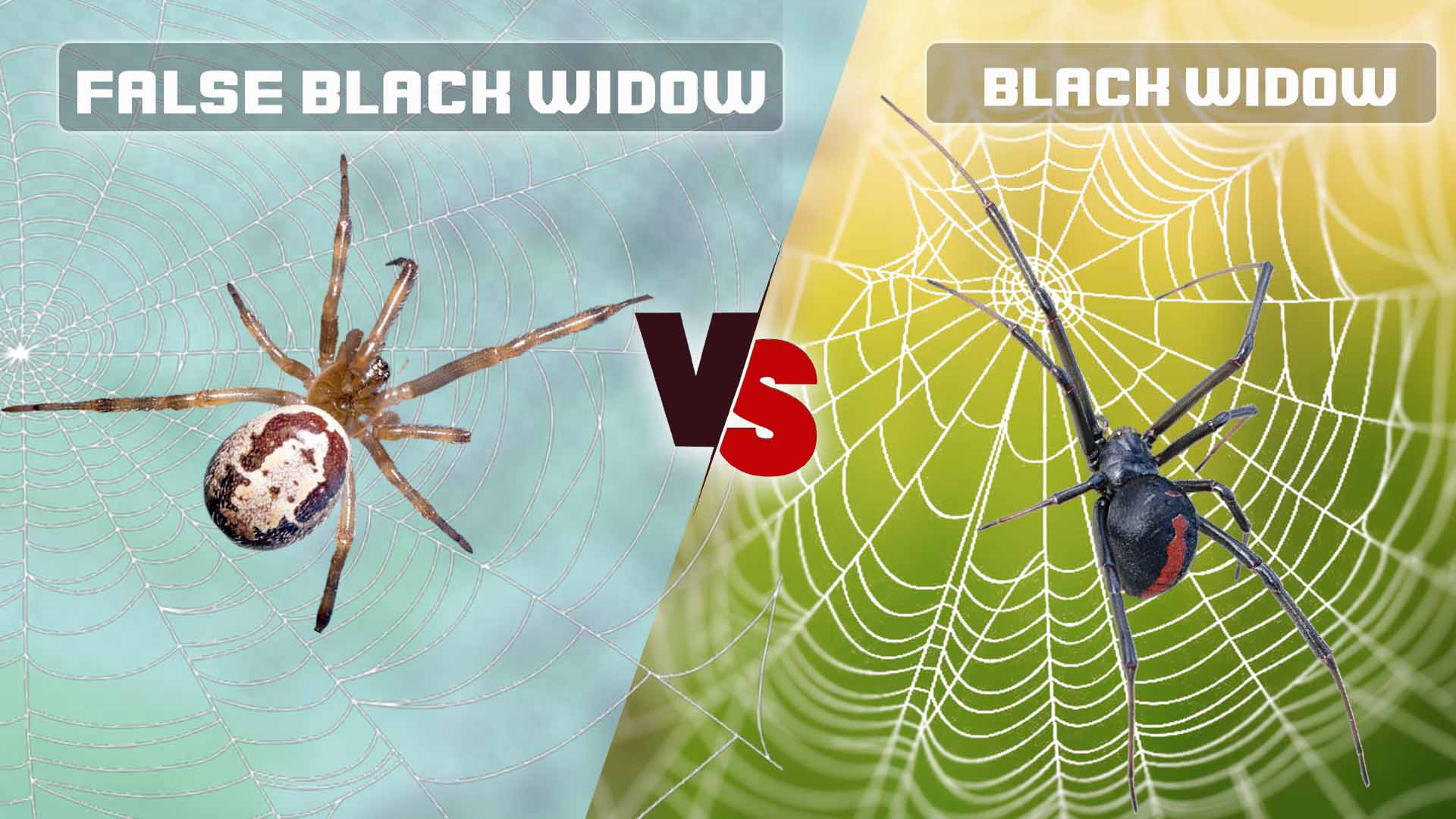Spiders are fascinating creatures that come in a myriad of shapes, sizes, and colors. Among the vast spider world, the brown recluse and the grass spider stand out as two distinct species with unique characteristics.
While both spiders might incite some trepidation due to their similar size, understanding the differences between them is essential for dispelling misconceptions and appreciating their ecological roles.
Differences Between Brown Recluse and Grass Spider
| Feature | Brown Recluse Spider | Grass Spider |
| Eye Arrangement | Six eyes arranged in three pairs | Grass Spdier has right eyes arranged in two rows of four |
| Leg Structure | Long, evenly-sized legs | Longer front legs for agile hunting |
| Coloration & Markings | Tan to dark brown, violin-shaped marking | Varied colors, striped abdomen |
| Web Type & Location | Notable for reclusive hunting, no webs | Orb-weavers with funnel-shaped webs |
| Behavior | Nocturnal, reclusive, venomous hunter | Active hunter with funnel web |
| Lifespan | About 1-2 years | Several years |
| Geographic Range | Southern and central United States | Global distribution, various regions |
| Sexual Dimorphism | Males smaller, distinct palps | Females larger, unique reproductive structures |
Appearance
At first glance, the brown recluse (Loxosceles reclusa) and the grass spider (Agelenidae) might seem similar in size and general body shape. However, upon closer inspection, several key differences become apparent. There are other differences between Brown Recluse Spider vs Hobo Spider.
Eye Arrangement
The arrangement of eyes is a critical distinguishing feature. Brown recluse spiders possess six eyes arranged in three pairs: two pairs on the front and one pair centrally located on their cephalothorax. In contrast, grass spiders exhibit a different configuration with eight eyes, arranged in two rows of four. This eye arrangement difference can be quite helpful in distinguishing between the two species.
Leg Structure
The leg structure of these two spiders also offers insights into their differences. Brown recluse spiders have relatively long, evenly-sized legs that might appear somewhat spindly. Grass spiders, on the other hand, have legs that are distinctly longer in the front, contributing to their agile and efficient hunting technique.
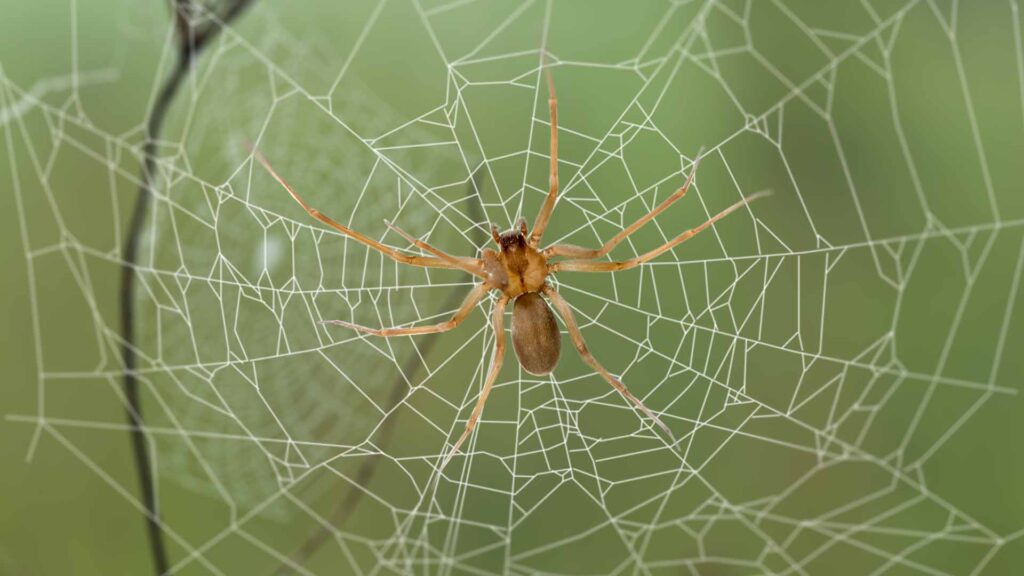
Coloration and Markings
One of the most significant visual distinctions lies in their coloration and markings. The brown recluse spider is named for its distinct color, which ranges from light tan to dark brown. It’s characterized by a violin-shaped marking on its cephalothorax.
This violin marking is often used as a primary identifier. Grass spiders, however, typically display a more varied color palette, including shades of brown, gray, and even green. Their abdomen often features a series of stripes that run lengthwise.
Web Type and Location
One of the most notable differences between these spiders is their web-building behavior. Grass spiders are skilled orb-weavers, crafting intricate, funnel-shaped webs. These webs are often located in grassy or shrubby areas, where insects are likely to be found. Brown recluse spiders, however, are not known for their web-building prowess. They are reclusive hunters, relying on their venom to subdue their prey rather than entrapping them in webs.
Behavior Differences
The behavioral distinctions between these two spiders further emphasize their uniqueness. Brown recluse spiders are notorious for their reclusive and nocturnal habits. They prefer dark, undisturbed environments and are more likely to be found hiding in dark corners or crevices.
Grass spiders, on the other hand, are more active hunters. They construct their funnel webs in grassy areas and retreat to the narrow end of the funnel while waiting for unsuspecting insects to wander in. There are other differences between Brown Recluse vs Wolf Spider.
Lifespan Differences
Lifespan is another area where the brown recluse and grass spider differ. Brown recluse spiders typically live for about one to two years. During this time, they may go through multiple molts as they grow. Grass spiders, depending on their species and environmental conditions, can live for up to several years.
Location
Geographical location is a crucial factor in distinguishing these two spiders. Brown recluse spiders are mainly found in the southern and central United States. They thrive in warm climates and are often associated with human dwellings. Grass spiders, on the other hand, have a broader distribution. They can be found in various regions across the globe, inhabiting grasslands, meadows, and gardens.
Grass Spider Male and Female
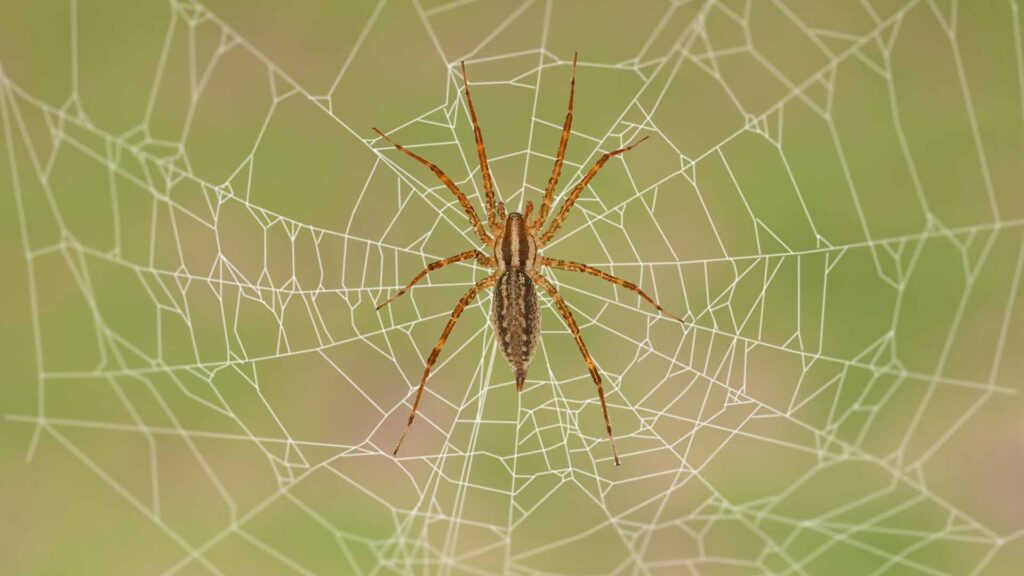
Sexual dimorphism is evident in both grass spiders and brown recluse spiders. Male and female grass spiders can be differentiated by their size, with females being larger. Additionally, the reproductive structures of the females, known as the epigynum, and the palps of the males are unique identifiers.
Brown Recluse Male and Female
In brown recluse spiders, the males are generally smaller than the females. Males possess distinct palps, which are used to transfer sperm to the female during mating. Female brown recluse spiders have a larger, stockier abdomen to accommodate egg production.
FAQs
What is commonly mistaken for a brown recluse?
Many spider species are often mistaken for brown recluse due to their similar size and coloration. Common culprits include wolf spiders, cellar spiders, and sac spiders. These spiders might evoke anxiety due to their resemblance to the brown recluse, but they pose significantly less risk.
How to Identify brown recluse at your home?
Identifying a brown recluse spider involves paying attention to distinct features. Look for a violin-shaped marking on the cephalothorax, with the neck of the violin pointing toward the abdomen. Additionally, their six eyes arranged in three pairs (instead of the usual eight) can be a helpful identifier. However, it’s crucial to exercise caution when attempting to identify spiders, as misidentifications can occur.
How bad is a brown recluse bite?
A brown recluse spider bite can vary in severity. While most bites result in minor symptoms such as localized pain, redness, and swelling, some individuals might experience more severe reactions. In rare cases, the venom can cause necrotic tissue, leading to an open wound that requires medical attention. It’s important to note that severe reactions are not common and that most brown recluse bites heal without major complications.
Conclusion
While the brown recluse and grass spider might share some superficial similarities, a closer examination reveals a multitude of differences in their appearance, behavior, habitat preferences, and reproductive characteristics. Understanding these differences is crucial for dispelling fear and misconceptions about these two spider species. Both spiders play important roles in their ecosystems, contributing to the delicate balance of nature.

